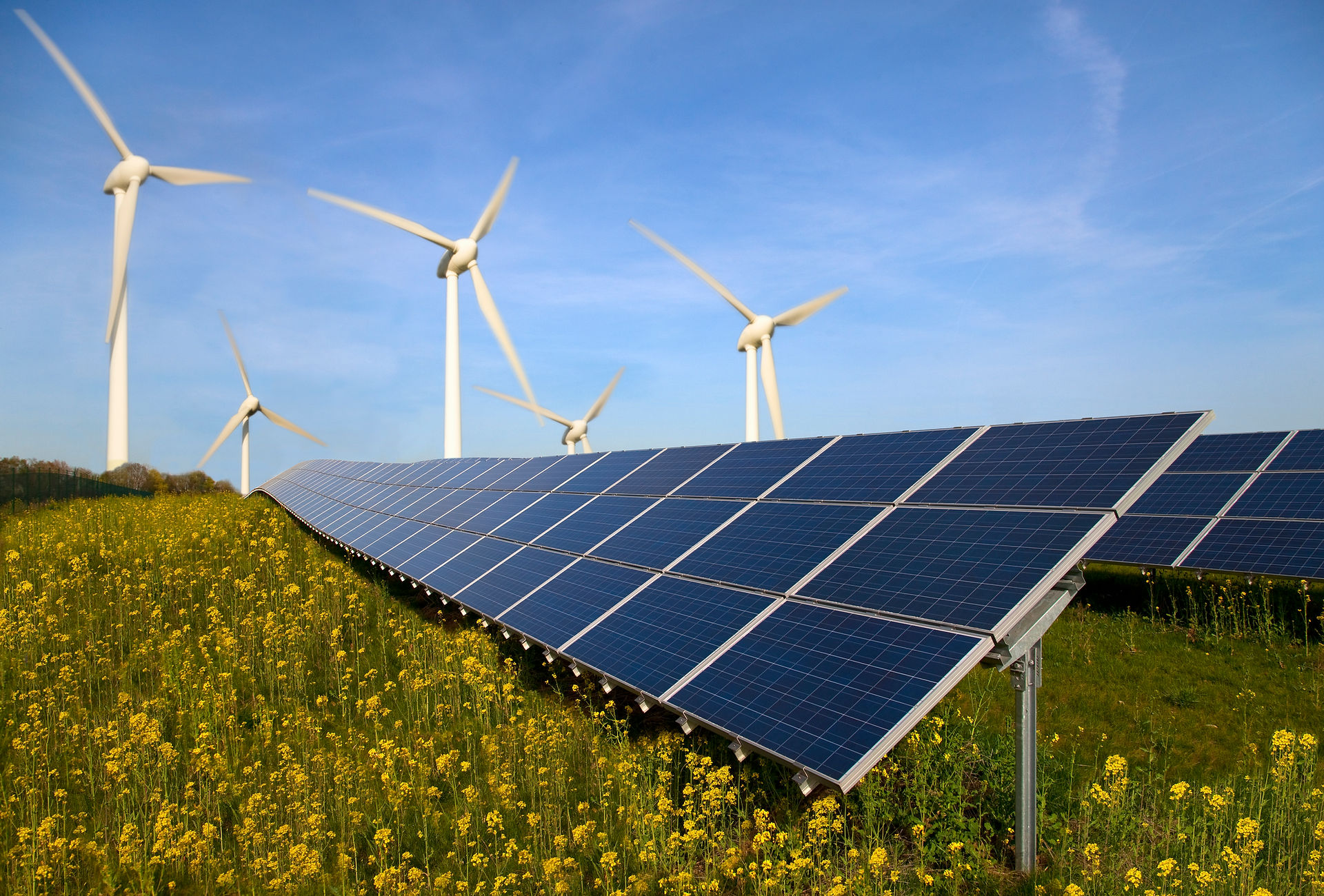Editorial: Niagara County should embrace solar farms

A California company wants to build a 900-acre solar farm in Niagara County. It would be the largest such installation in the state. (Tribune News Service)
If the proposal from a California company goes through, Niagara County will be home to the largest solar wind farm in the state, covering 900 acres.
A state siting board will decide whether the $210 million project, proposed by Cypress Creek Renewables, comes to fruition. There are good reasons to hope it does.
Gov. Andrew M. Cuomo has set a mandate, called the Clean Energy Standard, for the state to get half of its electricity from renewable resources by 2030. Solar energy and wind power play major parts in fulfilling that goal.
Solar panels on homes will become more common in coming years, with the Tesla solar panel factory in South Buffalo helping meet the demand. The sheer size of solar farms, however, makes them a source of much greater output. One rooftop solar system could generate several thousand kilowatts. The Niagara County project, called Bear Ridge Solar, is projected to generate 100 megawatts of power, or enough electricity for 25,000 homes.
Bear Ridge Solar would cover 750 acres in Cambria and 150 acres in Pendleton.
State and federal subsidies have encouraged a boom in solar farms, with companies like Cypress Creek approaching landowners across the country about leasing space on their properties.
The energy company pays the landowner a leasing fee — thought to be about $1,500 per acre, per year, for the length of the lease in Western New York — and then sells the electricity to traditional utility companies. In Niagara County, a power substation would feed the output from the solar panels to National Grid.
One wrinkle in the Cypress Creek proposal is that a Cambria councilman, Joseph Ohol, owns 375 acres in the targeted area. If Cypress Creek were to lease all of it — which is still just a hypothetical — Ohol would stand to make $562,500 per year, or $22.5 million over a 40-year lease. The Town Board says Ohol will not be included in any deliberations about the plan. Still, it’s easy to see why landowners would be eager to sign up for a potential windfall from sun power.
Solar power is not perfect. It depends on sunshine, so the overcast days of winter and spring that we are familiar with will limit its effectiveness. And there will inevitably be citizens of Cambria and Pendleton who object to the solar farms for aesthetic or other reasons — including jealousy of neighbors who are getting big checks.
But the need for renewable energy won't go away just by ignoring it. Stanford University scientist Mark Jacobson says that by 2050, the U.S. could rely entirely on wind, water and solar power for its electricity. Others say there will still be a need for some use of fossil fuels, but the trend lines are clear and the use of renewable energy will only grow.
Cambria and Pendleton have a chance to be leaders in the move to cleaner energy, one that could enrich some of its residents. It’s a chance they should embrace.

